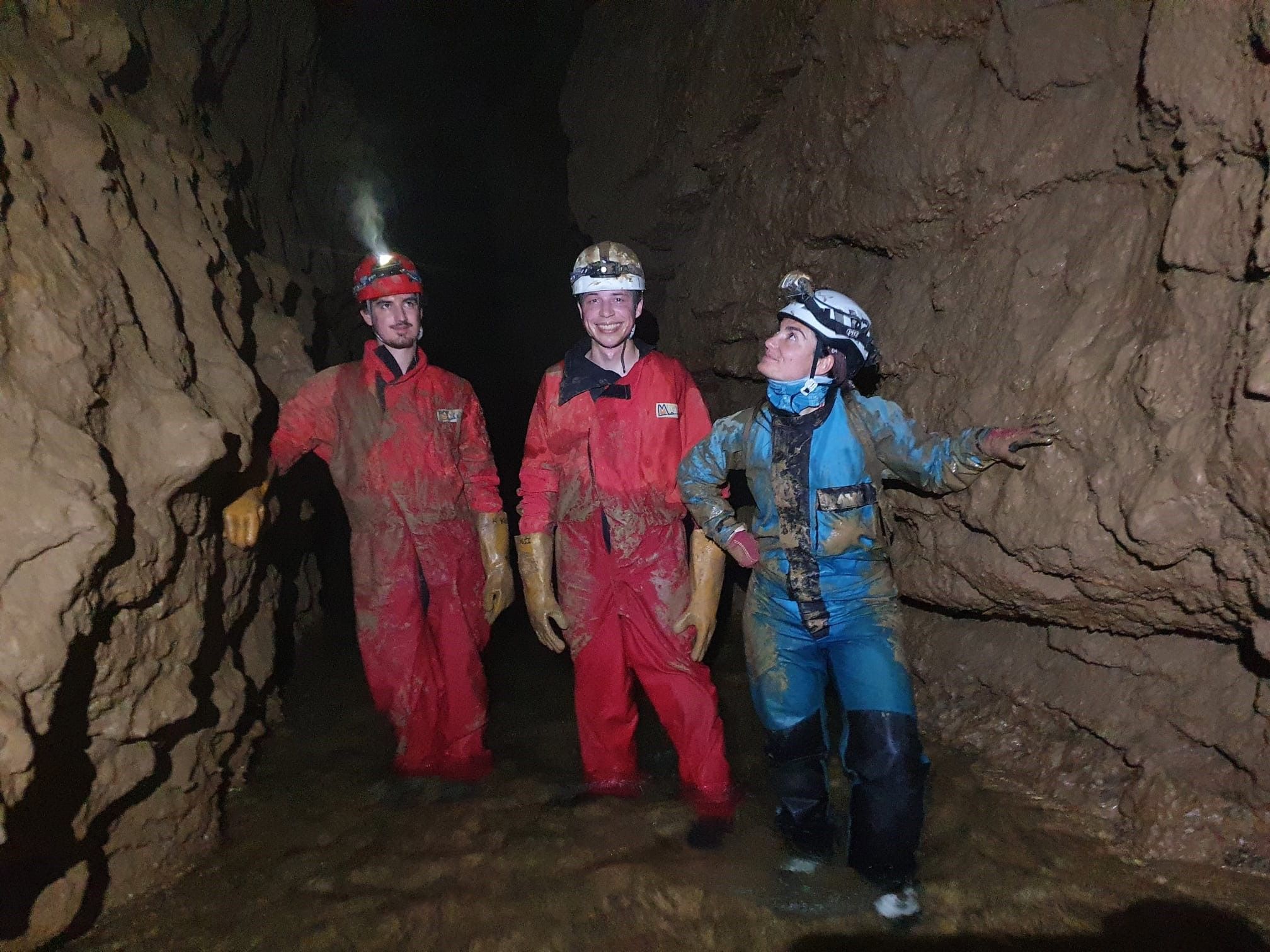Evidence of middle Pleistocene glaciations in the Swiss foreland is either lacking (very few to no frontal or lateral moraines) or indistinct enough (scattered quartzite clasts) to be difficult to map and, therefore, to date. The record of such glaciations is thus mainly found in sediments of overdeepened valleys and can only be accessed through complex coring campaigns. Some of these sediments could be dated with luminescence techniques back to c. 200 ka but the age of the deepest glacial sediments and the timing of overdeepening associated with the most extensive glaciations remains, however, completely unknown.
In this project (2024-2028) we use glacial sediments trapped in caves in the Jura Mountains to add spatiotemporal constraints major Alpine glaciations. Clastic sediments comprising of coarse sands, pebbles and cobbles from the Pennine Alps (quartzites, serpentines, diorites, etc.) entered into caves in association with glacial runoff and, thus, record when a glacier was close enough to pour outwash into the cave systems. Here, we propose a multi-method approach centered on field investigations, sediment transport experiments and burial dating with cosmogenic nuclides to constrain how and when these clasts were delivered.
Detailed geomorphological surveying will inform about the speleogenetic evolution and sedimentation context to understand the transport history of individual clasts inside multi-level cave systems. Our interpretation will be supported by in-situ monitoring experiments to determine the critical shear stress needed for clast remobilization in a complex cave setting. We will use 10Be/26Al burial dating to determine when the sediments in the cave were deposited. This technique is mainly renowned through anthropological studies and is commonly used to determine fluvial incision rates . Our proposal is, however, first to apply it for the reconstruction of glacier extents, which is only possible because of the unique lithology contrast between the source of the clasts and their deposition site. Burial ages will be complemented by OSL dating of younger sediments associated with glacial backflooding and U/Th dating will provide minimum ages from speleothems encompassing the glacial deposits.
The absolute ages produced during this project will provide fundamental and at present completely lacking information on when glaciers from the Alps were large enough to invade and even cover the Jura Mountains. Our preliminary data suggests that this may have been not only during the middle Pleistocene but also during the early Pleistocene for which there are no mapped outcrops in the Jura. Is this because glaciers did not reach that far or because the sediments were subsequently eroded during younger glaciations? Whatever, our project will give access to an untapped record uniquely preserved in the cave sediments and, by comparing with the known timing of Deckenschotter, contribute significantly to determining when the first major Alpine glaciations occurred. This data can be well integrated into ongoing research activities aiming at dating sediment cores from overdeepened valleys.
Link to CaveSeds SNF page
CaveSeds


Phd students
PIs
Marc Luetscher (SISKA), Naki Akçar (UniBe), Susan Ivy-Ochs (ETH).
Publications
Mathes N., Luetscher M., Ivy-Ochs S., Dieleman C., Christl M., Vockenhuber C., Akçar N., 2025. Unraveling the history of the Alps’ largest glaciations: burial dating allochtonous sediments in the Jura. Climate Change, The Karst Record X, Cape Town 2025
Val A., Mathes N., Ivy-Ochs S., Akçar N., Luetscher M., 2025. Characterizing sediment remobilization in caves. Climate Change, The Karst Record X, Cape Town 2025


